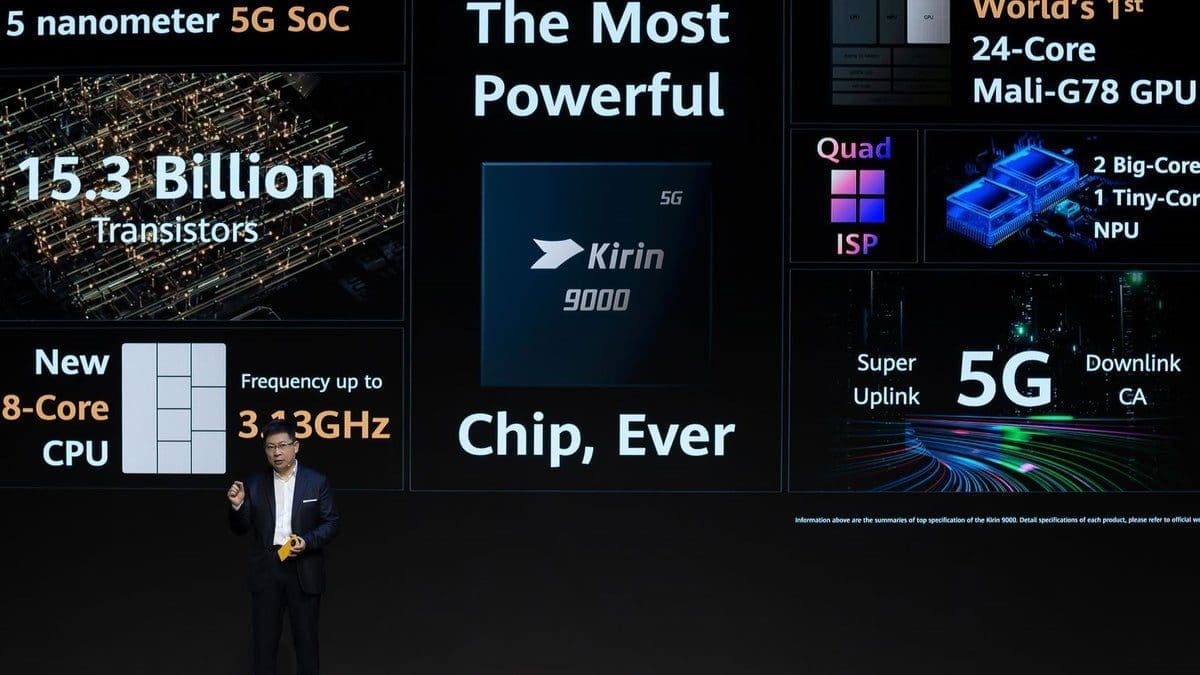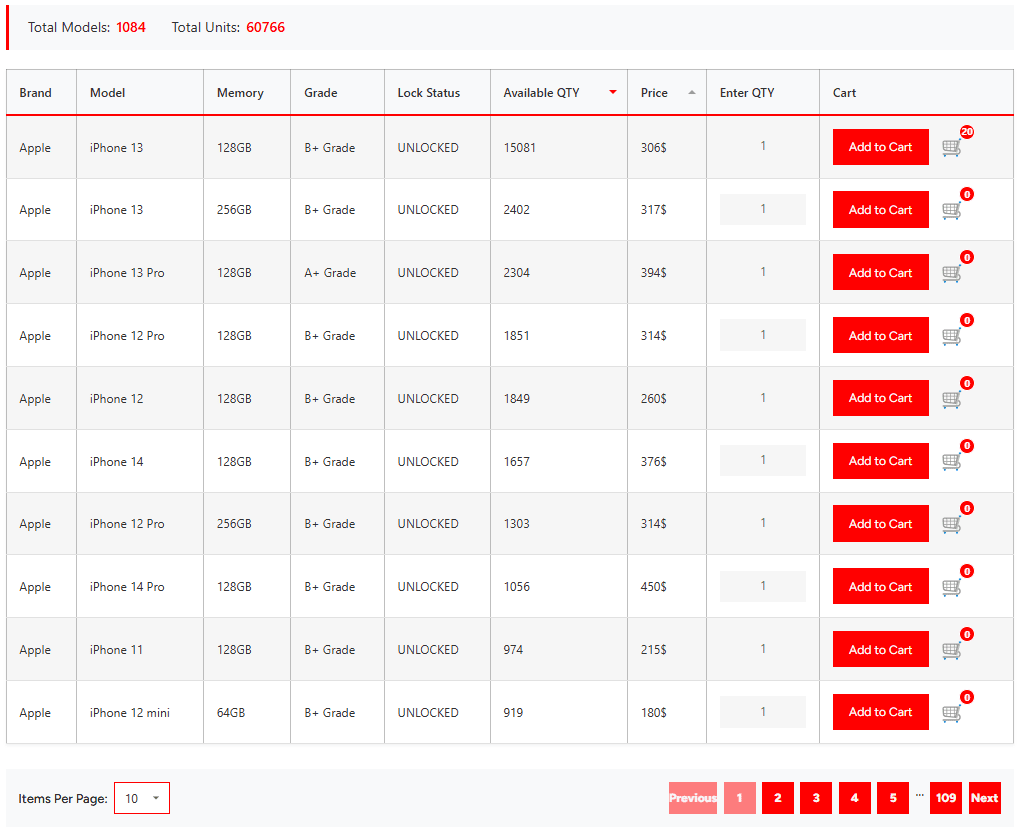Earlier this week, Nanoreview.net (via Tom’sHardware) tested both the 7nm Kirin 9000s and the 5nm Kirin 9000 for CPU performance and discovered that while the CPU performance was slightly improved on the newer Kirin 9000s, the Kirin 9000 had higher scores on other tests. On Geekbench 6, the new SoC had a single-core score of 1315 and a multi-core score of 4078 compared to the 1259 single-core and 3486 multi-core scores tallied by the 2020 Kirin 9000. On AnTuTu 10, both application processors fared similarly with the Kirin 9000s barely beating out the Kirin 9000 by a score of 897,496 to 894,530. But one area where the new chip fell short by a fairly large margin was with the GPU tally where the new chip scored 200,982 compared to the higher 315,801 put up by the older chip. The GPU on the higher-scoring Kirin 9000 was the 24-core Mali-G78. The newer Kirin 9000s uses a four-core Maleoon-910 and delivers GPU performance in line with 2020’s Snapdragon 888 which used the Adreno 660 GPU. Speaking of graphics, on 3DMark Wild Life the 2020 chip was 20% faster than the 2023 chip. And in a no-brainer, the older chip was more energy-efficient than the newer one. That could largely be due to the process node used to build the two SoCs with the Kirin 9000 manufactured by TSMC using its 5nm node and the Kirin 9000s produced by SMIC using its second-generation 7nm node.
Lithography machines are used to etch circuitry patterns on silicon wafers that are then sliced into individual dies. With billions of transistors inside chips, the EUV machines are vital because they can etch lines thinner than a human hair on the wafers allowing more powerful and energy-efficient chips to be built. One possible worry for U.S. officials is that about a year ago, Huawei reportedly filed patent applications covering EUV components and the process of using the technology. There is no indication that any of the tech mentioned in the patent application filing was used by SMIC to make the Kirin 9000s. But if Huawei is able to develop its own cutting-edge lithography technology that escapes the reach of U.S. sanctions, it will be much more surprising and concerning for U.S. lawmakers. Besides the smaller transistors used on the 2020 Kirin 9000 compared to the Kirin 9000s, the CPU cores on the older chip have a clock speed up to 19% faster (3.13GHz vs. 2.62GHz) and better instruction set architecture.











